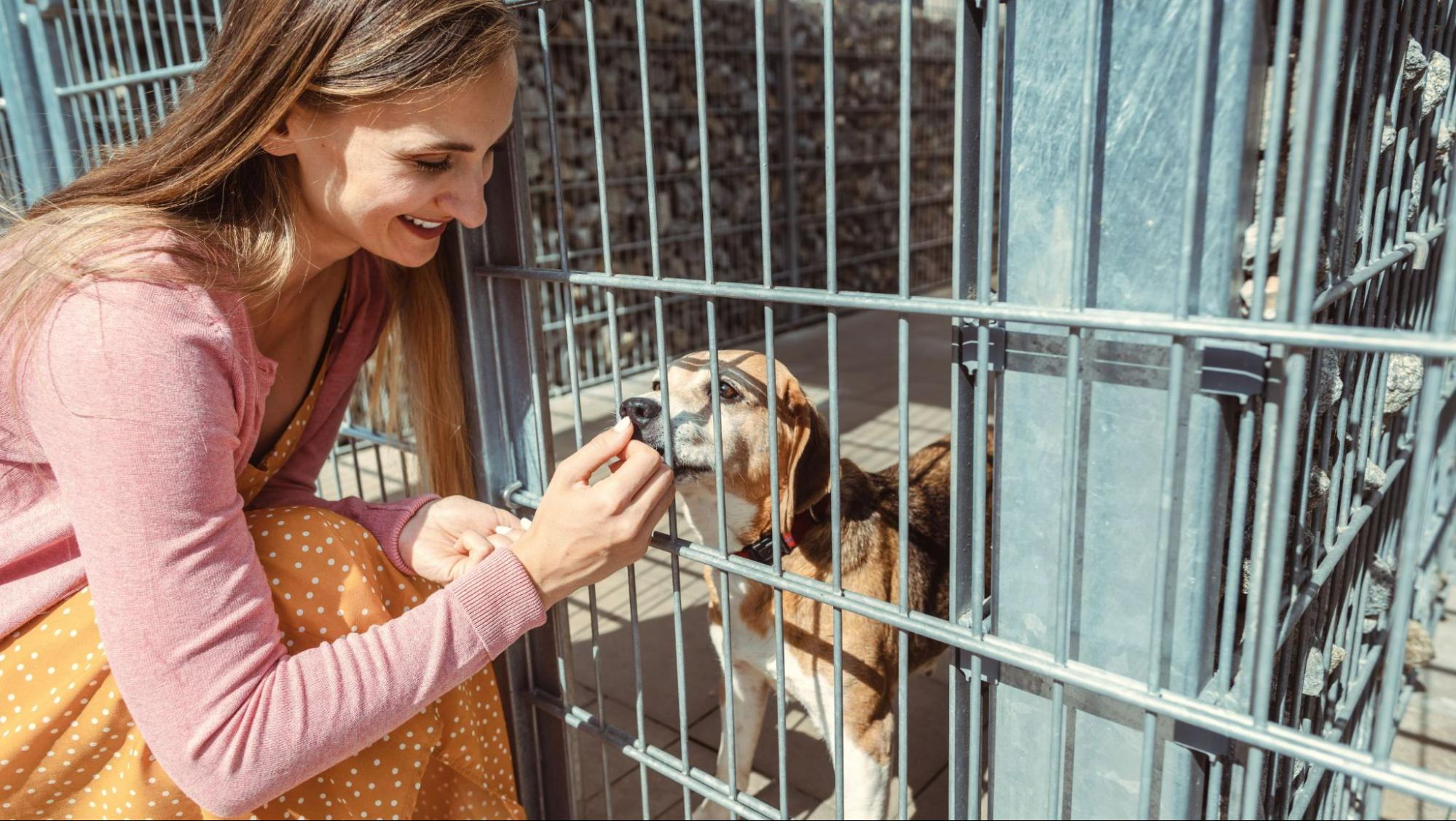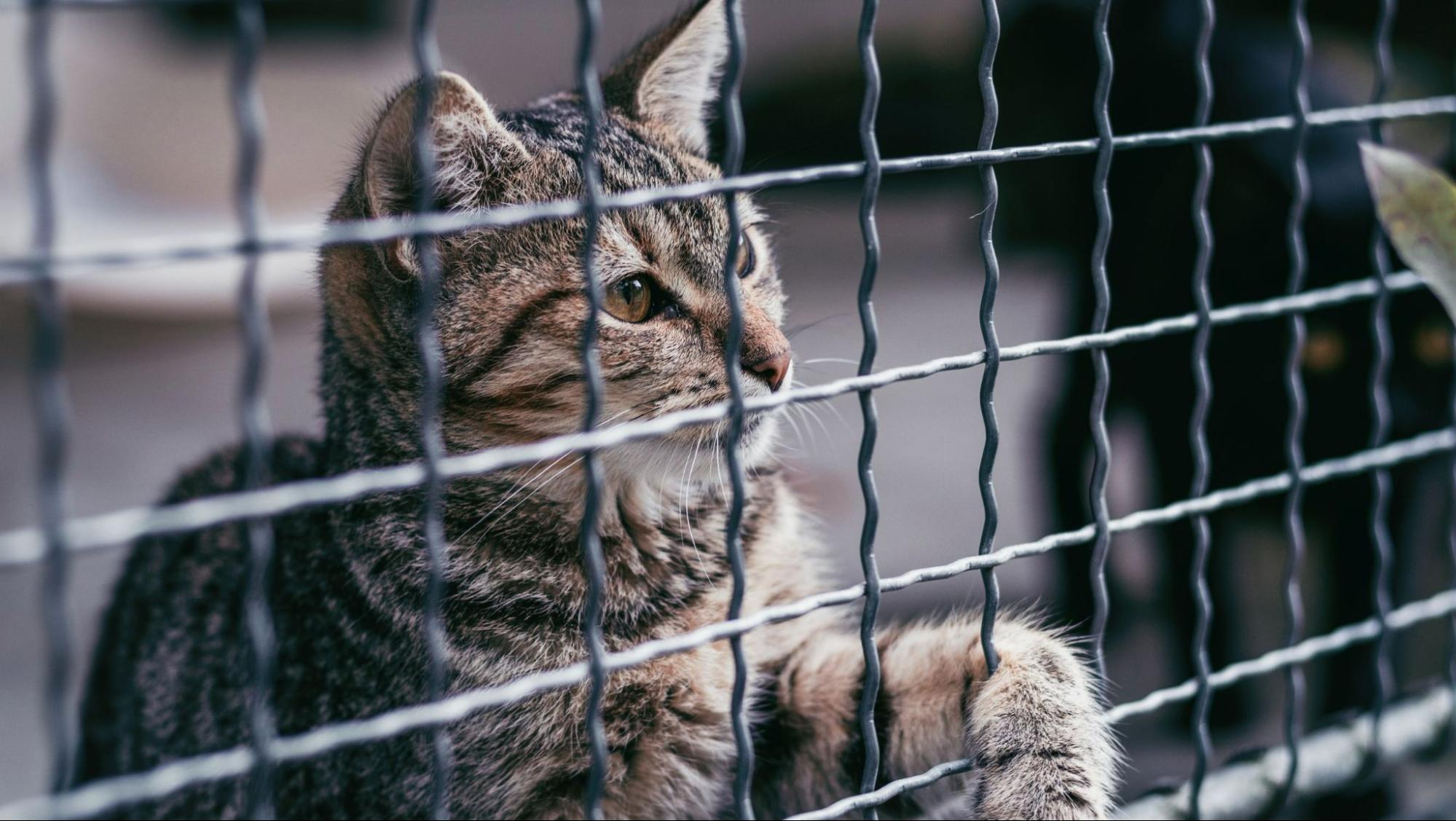
Animal shelters provide a safe place for people to bring lost pets, find adoptable animals, and provide low-cost spay/neuter services. They educate residents on responsible pet ownership and disease control, serving as a valuable community resource.
Shelters should be allowed to reduce or waive fees associated with adoptions and transfers. Environmental enrichment in shelters has strategic benefits beyond increasing psychological well-being, including improved behavioral and health outcomes.
They Save Lives
Animal shelters take in millions of dogs and cats yearly and other animals like birds, hamsters, rabbits, ferrets, and more. These animals would die in the wild if it weren’t for the shelters that take them in and care for them.
They also work hard to find pets in good homes. This means giving the animals food, water, exercise, and socialization before adoption. And because the staff spends so much time with the animals, they know a lot about their behavior and what type of home they will be happy in.
Humane Society of New York is on the front line of fighting diseases that spread from animals to people, which protects our health, too. They also promote responsible pet ownership through low-cost spay and neuter programs, in-house clinics, and partnerships with community veterinarians. They also help keep streets clean and safe by picking up and impounding stray animals that irresponsible owners leave on them.
They Help with Adoption
Animal shelters house various animals, from dogs to cats to rabbits. But they are best known for taking in and finding homes for countless numbers of lost or unwanted pets. This is a hugely important job because it prevents pet overpopulation, saves lives, and keeps the community safe from dangerous animals.

Most shelters are “open admission,” which means they take all the homeless pets that come in, including strays and those surrendered by their owners. They also work to reunite pets with their owners and educate the community on responsible pet ownership.
When people adopt from shelters, they help break the cycle of overpopulation, resulting in 8 to 12 million euthanized pets. They also reduce the number of animals that end up in shelters or on community streets, and they help stop the cruel practices of breeders. A big part of the work done by shelters involves training animals to learn how to be social, walk on a leash, and interact with people.
They Help with Training
Animal shelters often have a wealth of knowledge on training dogs, cats, birds, rabbits, and other pets. This information can help people who want to adopt a pet but may need help training their new companion.
Animals in shelters benefit from communal housing and regular socialization with humans, a vital part of their psychological well-being. However, this can be a challenge for shelters with limited resources or a volunteer workforce with little or no training in animal welfare.
Shelters can also be critical in helping the public understand and address pet overpopulation issues, including through spaying/neutering and vaccination programs. They work with local communities to encourage responsible pet ownership and provide veterinary services at reduced costs for adopted animals.
They Help with Medical Care
Animal shelters also help people with spaying and neutering their pets, which helps decrease the animal population and prevent unwanted births. They also provide vaccinations for their animals and help the community learn about pet care, including proper nutrition, exercise, and disease control.

The staff at animal shelters are very compassionate and care about the animals that come into their facilities. Unfortunately, some of these animals feel sad or abandoned when their owners give them up to animal shelters, which can negatively affect their overall behavior.
Inevitably, some of these dogs and cats are not adoptable, and they must be euthanized. Standardized protocols must be in place to ensure a humane and dignified death for these animals. This is not easy for the staff members to deal with, but they know that their work makes a difference in the lives of many animals.


















